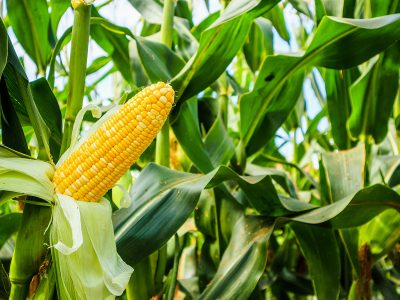By Lisa Gregoire
If you’re an Indigenous woman in Canada who wants to nurture and grow the vibrancy and capacity of your community, you can choose many paths — politician, teacher, mother, consultant and activist. Or you could roll those jobs into one and curate art.
If you think that’s trite, you haven’t been to a contemporary exhibit of Indigenous art lately.
Variously provocative, devastating, educational, healing, unnerving, enlightening, inspiring, even arousing — the works of Indigenous artists in Canada overflow with passion and pain. They validate the experiences and realities of First Nations, Métis and Inuit peoples and also offer a window into those experiences for non-Indigenous Canadians.
But people who explore art, and assemble it for a specific purpose, multiply the impact of artistic expression by providing context and prompting viewers to consider larger, deeper questions. It’s called starting a conversation, says Michelle LaVallee.
LaVallee and Danielle Printup — two Indigenous curators — talked about their recent works and the complex professional challenges they face at a Carleton University Art Gallery public discussion Feb. 4, 2019.
Lee-Ann Martin, whose Resilience project saw the works of 50 Indigenous female artists displayed on billboards across the country during Canada’s 150th celebration in 2017, was also scheduled to appear but was unable to attend, explained moderator Carmen Robertson, Canada Research Chair in North American Art and Material Culture at Carleton.
Exploring the Budding Field of Indigenous Curation
Nonetheless, the evening’s presentations, and the lively question-and-answer session that followed, offered an engaging exploration of the budding field of Indigenous curation and of two women trying to carve out a place within its often exclusive circles.
Both LaVallee, director of the Indigenous Art Centre at Crown-Indigenous Relations and Northern Affairs Canada and a former curator at the MacKenzie Art Gallery in Regina, and Printup, an Anishnabe-kwe from Kitigan Zibi Anishnabeg, Que., a programs assistant at the CUAG and up-and-coming curator, paid humble respects to the tenacious few Indigenous pioneers who paved the way.
But they both acknowledged it’s still difficult to operate within those realms, especially LaVallee, who recently took a job with the federal government.
“I see that in the context of creative intervention. It isn’t an Indigenous institution and it’s not my space. I have to occupy it as those before me have,” she said. “Somebody’s gotta work from the inside, right?”
LaVallee has curated several groundbreaking exhibitions, including one on Professional Native Indian Artists Inc., seven Indigenous artists who fought for mainstream acceptance and recognition in the 1970s.
She said it’s deeply satisfying to work with artists and promote their ideas and insights. But given the number of art institutions across the country, she lamented how few employ Indigenous curators and educators. It’s regrettable because art curation can be a powerful catalyst for change.
“Over time, we can change what people know and educate folks on how and why policies have been disastrous for generations of people,” she said, “but also in the way Indigenous peoples in this land now called Canada are embedded in this country and how it has developed, and that we will continue to be integral as we move forward.”
For her part, Printup offered insight into her most recent exhibition Inaabiwin, which comes to the Ottawa Art Gallery this fall.
The exhibition, featuring the works of five Indigenous artists, explores how Indigenous peoples are reclaiming their relational approach to the Earth and to each other.
Inaabiwin means “movement of light” in Anishnaabemowin and is used to describe lightning, but even finding such a word and daring to use it was challenging, said Printup, who knows only some words in her ancestral language. Consulting community members required time and patience and she felt vulnerable asking others to do work for her in a language she did not fully comprehend.
“My eagerness to want to learn, and this project behind me to do it, needed to be met with the reality that it’s not there and there needs to be time and Elder discussions to create the word.”
Defining Indigenous Art and Artist
But the process of exploring history through informal tea-and-coffee chats — of discussing concepts and severed connections, of seeing things through her own bicultural lens — is part of an Indigenous curator’s job. That she can slow down and create her own process is a sign of progress, she added.
Robertson aptly punctuated the discussion in response to a question about decolonizing institutional authorities which define both artist and art.
“If you don’t start somewhere, you’re never going to get anywhere. It’s like we’ve finally approached this time where there is the will to make changes and it hurts and it’s not easy, but I think it’s exciting times we live in right now,” she said. “We have the opportunity to go back outside of these institutions and bring people together with us and make some changes.”
Robertson’s next CUAG panel discussion will feature political activist and former model kahntinetha Horn and her daughter, Kahente Horn-Miller, an assistant professor at Carleton’s School of Indigenous and Canadian Studies, on Feb. 11 at 7 p.m. It coincides with the CUAG’s current exhibition My Mom, kahntinetha Horn, the “Military Mohawk Princess.”
Find more information at cuag.ca.
Tuesday, February 12, 2019 in Art Gallery, Indigenous
Share: Twitter, Facebook



